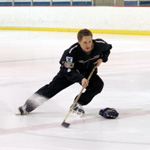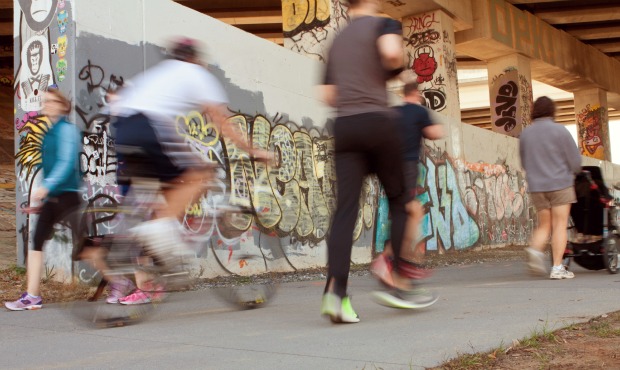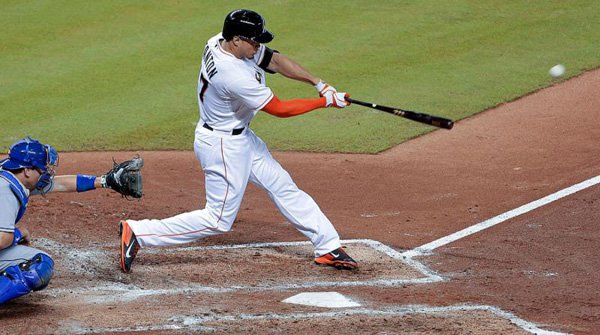One of the most important agility moves in hockey is the pivot or tight turn. Wayne Gretzky was a master of this move. He used it magically to escape defenders and accelerate into open ice with the puck.
The pivot is a forward skating move in which the player executes a tight turn and emerges from it still skating forward, but in a new direction. It is an extremely important hockey move because it gives the player numerous options. It is also one of the most effective moves when trying to elude an opponent. In this instance, the attacking player wards off the opposition with one shoulder and arm while protecting the puck trying to push around and beyond the reach of the defender ("bulling").
The pivot consists of two equally divided phases: the entry and the exit. In this move the player changes direction - i.e. - from skating straight forward to making a tight turn and emerging to skate forward in another direction. The move requires very deep knee bend and edges on both the gliding and pushing legs, with proper weight distribution over the skates and proper upper body positioning for balance.
The entry phase of the pivot is done with both skates on the ice. The inside skate glides on a deep outside edge to curve while the outside skate and leg execute a forceful push (forward C-cut push) against the inside edge. The C-cut push provides drive into and through the first half of the pivot. The depth of the edges and the downward pressure of the body weight over them determine the sharpness of the pivot.
In the entry phase, the tighter the turn, the more important it is to keep the body weight over the back halves of the blades. Weight on the front halves causes the blades to skid instead of cutting into the ice.
The function of the exit phase of the pivot is to allow the player to accelerate out of the turn and skate rapidly (forward) in a new direction. This phase requires a powerful and rapid crossover (with the accompanying X push) in order to accelerate from the pivot.

When executing a pivot, the shoulders should remain level with the ice. Often players keep the inside shoulder higher than the outside shoulder; this provides stability. Lowering (dropping) the inside shoulder causes too much lean or tilt into the circle, which at speed and on a sharp curve causes a loss of balance.
The pivot can be done either with the outside shoulder leading and the chest facing toward the center of the circle or with the inside shoulder leading and the chest facing away from the center of the circle. Practice both positions. Regardless of the position, shoulders should be held level with the ice (or with the inside shoulder held slightly higher than the outside shoulder).
The pivot can be used as a full-circle (360-degree) turn, a three-quarter-circle (270-degree) turn, a half-circle (180-degree) turn, or any part of a circle the situation demands. Players who master this maneuver have a great advantage in game situations.

Convert your cycling miles to running miles ... and vice-versa

The Priceless Value of New York Yankees Memorabilia

Copyright © www.mycheapnfljerseys.com Outdoor sports All Rights Reserved